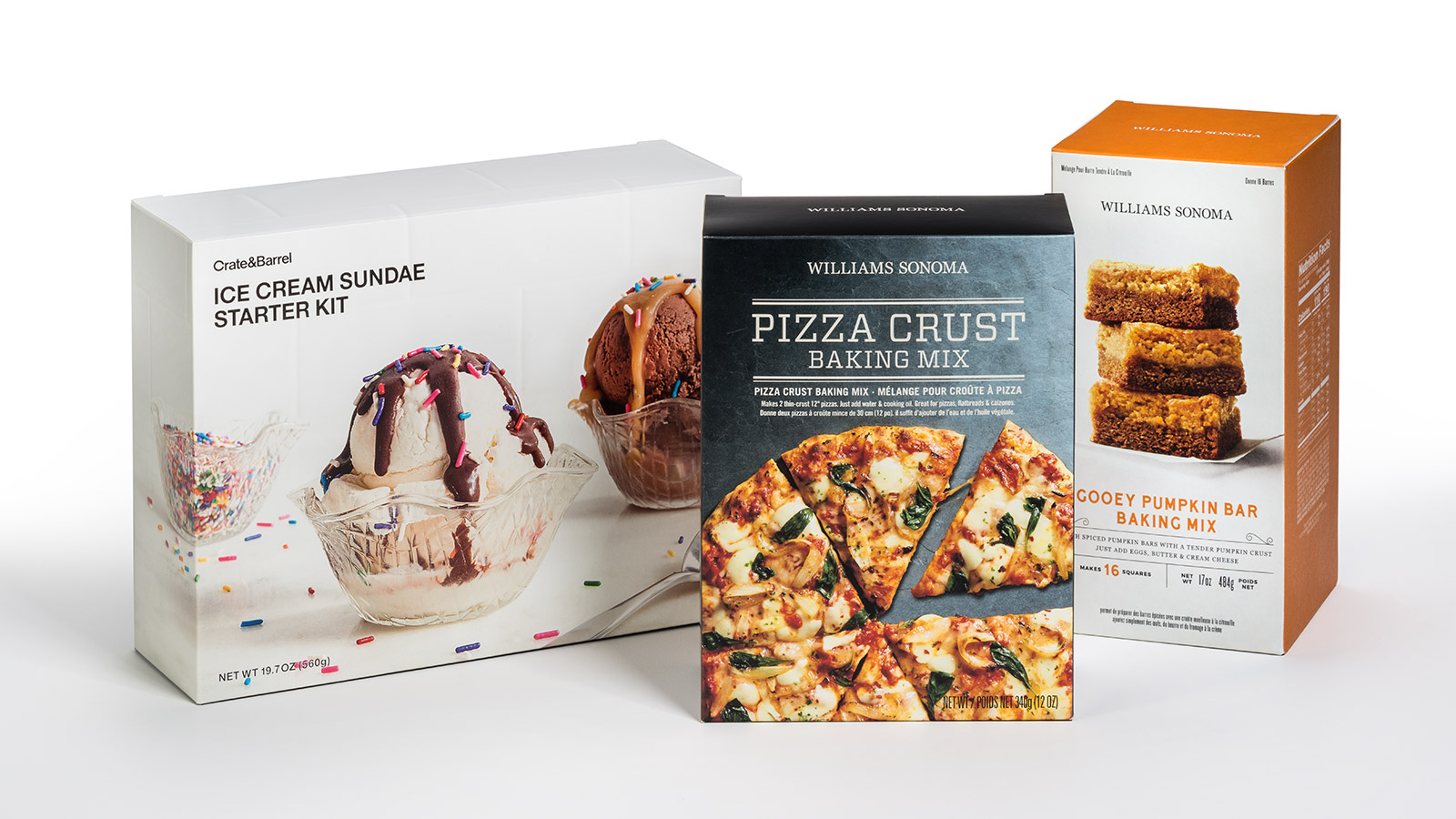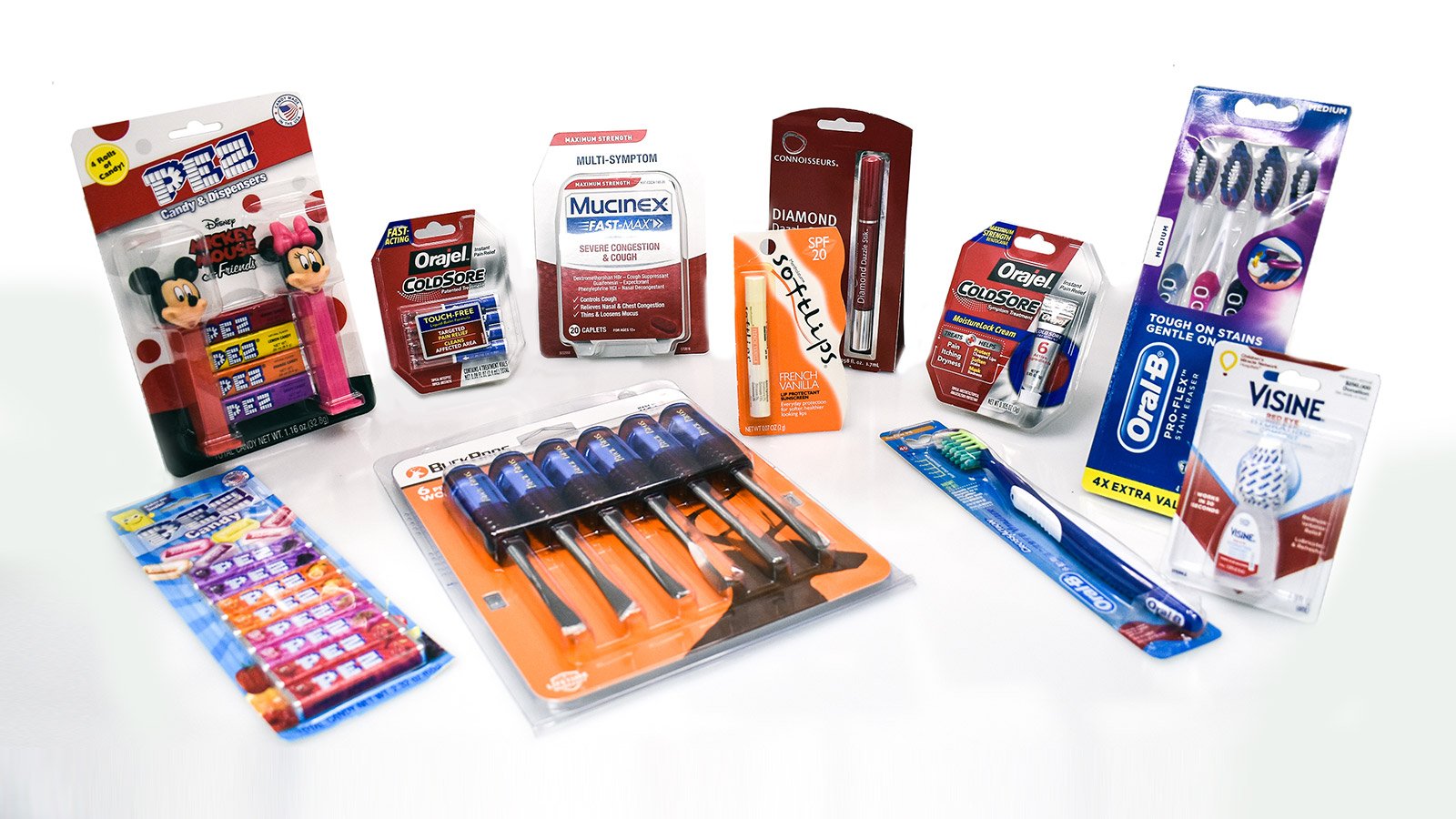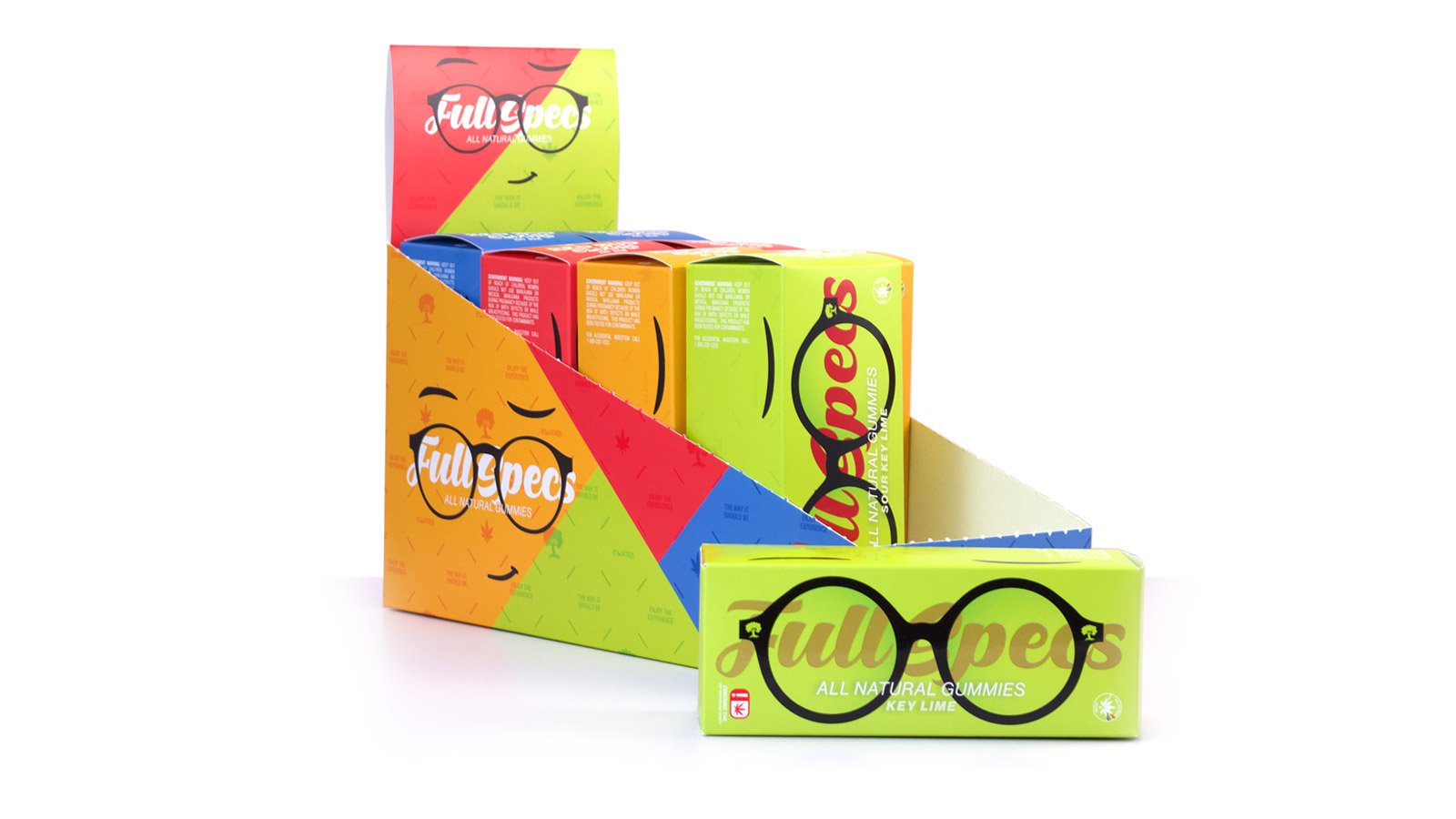Insights: Articles & Resources by Oliver Inc.

Top Questions to Ask Your Food Packaging Manufacturer
How can you guarantee that customers enjoy the best version of your products? It’s a question that covers everything you do. You spend time investing in your processes to ensure quality, sustainability, and growth, and you need food packaging that stands out on crowded retail shelves and stars in home kitchens.
This is where your work with an experienced packaging partner comes in.
Effective packaging protects food products, maximizes shelf life and presence, and elevates your brand. It’s simply not something you can afford to take for granted. Spend time researching packaging manufacturers by outlining your goals and asking the right questions.
Here are several important inquiries to make.
What Are My Design Options?
The design process starts with a conversation to cover all aspects of your product, from its visual and structural elements and deadlines to sustainability goals to how it will appear on shelves.
Once those details are established, your manufacturer will outline the options in front of you. For instance, as companies move away from plastics in a green effort, manufacturers have developed techniques to maximize the performance of paperboard alternatives, including branding possibilities, in addition to protection.
As far as decorative effects go, food packaging can utilize hot stamping, cold foil stamping, embossing and debossing, specialty laminates and coatings, and much more on custom folding cartons.
You even have the choice between employing offset lithographic, flexographic, or digital printing methods.
Overall, the design should be optimized for your specific products, with considerations for weight and shape to ensure the right amount of materials are used. For instance, if sustainability is core to your brand, you’ll want to abide by right-size packaging principles, utilizing only as much packaging material you need to secure and protect your food products during transportation, storage, and after use.
Additionally, windowing and barriers factor into shelf life, with the former serving as a decorative touch, if done correctly.
How Will the Design Impact Shelf Life?
Physical aspects of design play different roles in protecting your products. If either the packaging or the products themselves are compromised, they become waste, so each of the following needs to be just right.
Barrier Coatings: These serve as barriers between food products and the packaging. Your packaging partner should offer you a solution that preserves shelf life without you having to change ingredients. For instance, coated natural kraft paperboard, shrink wrap, wax-coated cardboard, aluminum, and solid bleached sulfate paperboard are fantastic material options for frozen food packaging.
Windowing: A design element but also a critical component of protection, the materials used for windowing should support the appropriate temperature, while accounting for condensation and breathability.
Airflow: The windowing (if applicable) and paperboard should be optimized to control airflow and protect the freshness of your products.
The materials must also feature strong finishes—gluing and folding, for example—to prevent spills, breaks, and leaks. Understand, too, that frozen foods require specialty treatments.
How Will the Food Packaging Support Branding?
Although the actual look depends on your packaging goals, paperboard supports a wide variety of decorative options. Print a clear logo to jump off an otherwise plain or natural-looking surface. Work with a printing expert who can match your colors with near exact precision, no matter the space. Think of windowing as an opportunity to cleverly showcase your product, without sacrificing its freshness.
Ultimately, the question of branding starts with you. How would you like the packaging to help boost sales? What does the packaging say about your values or brand narrative? Then your manufacturer can talk you through the options available to deliver your vision.
Do You Offer Vendor Managed Inventory (VMI)?
You demand shorter lead times. You’d like to buy in bulk to save money on individual orders. The best way to accomplish both is with a vendor managed inventory (VMI). This helps you get your finished products quickly, when you need them. Manufacturers do this by keeping all aspects of your order in stock to turn them around quickly. In doing so, you get your products on shelves well before they hit their expiration dates.
VMI also enables you to schedule orders throughout the year (say, for each quarter).
What Certifications Have You Earned?
How do you separate packaging manufacturers when all promise a certain level of quality? Well, it helps if the manufacturer’s processes are co-signed by international organizations.
You should partner with a manufacturer who has earned certifications. In the food industry, for instance, the Safe Quality Food (SQF) certification is particularly important. Recognized by the Global Food Safety Initiative (GFSI), the SQF certifies that a company’s food safety and quality codes meet industry, customer, and regulatory requirements for all sectors of the supply chain, from farm to fork.
When you work with an SQF-certified manufacturer, you can confidently say your food products carry the highest global standards. For food packaging manufacturing, this includes all employees understanding SQF standards and consistently applying them across all printing and packaging operations.
Beyond SQF, there are several other certifications relevant to the industry. These include general standards (like those issued by the International Organization for Standardization), printing and color consistency, and green initiatives.
For example, make sure your packaging partner carries The Forest Stewardship Council® (FSC®), Sustainable Forestry Initiative (SFI®), and Programme for the Endorsement of Forest Certification™ (PEFC™) certifications to show their commitment to responsible forest management principles.
Keep in mind that each certification comes with a rigorous assessment process. Companies that continually invest in meeting the established standards demonstrate their desire to improve and guarantee quality for their customers.
Let’s Have a Conversation About Food Packaging
While it’s always good to have talking points in hand, the above questions represent the first steps in establishing a working relationship with your food packaging manufacturer. It’s not about hosting interviews. It’s about striking up conversations that get you the results you need.
Each response should be backed up with evidence that the manufacturer can deliver consistent, high-quality packaging solutions on time. As you grow more comfortable, ask about the latest innovations, options to support your sustainability efforts, or what kinds of specialty packaging can help you give customers a personal experience.
With the right food packaging manufacturer, you’ll find you’re able to accomplish your goals in a cost-effective way.
Oliver’s food packaging design and printing teams are trained and trusted by some of the most recognizable names in the industry to deliver food packaging that elevates your brand, maximizes shelf presence, protects products, and utilizes recyclable or environmentally friendly materials. Contact us to find out more.
Topics


